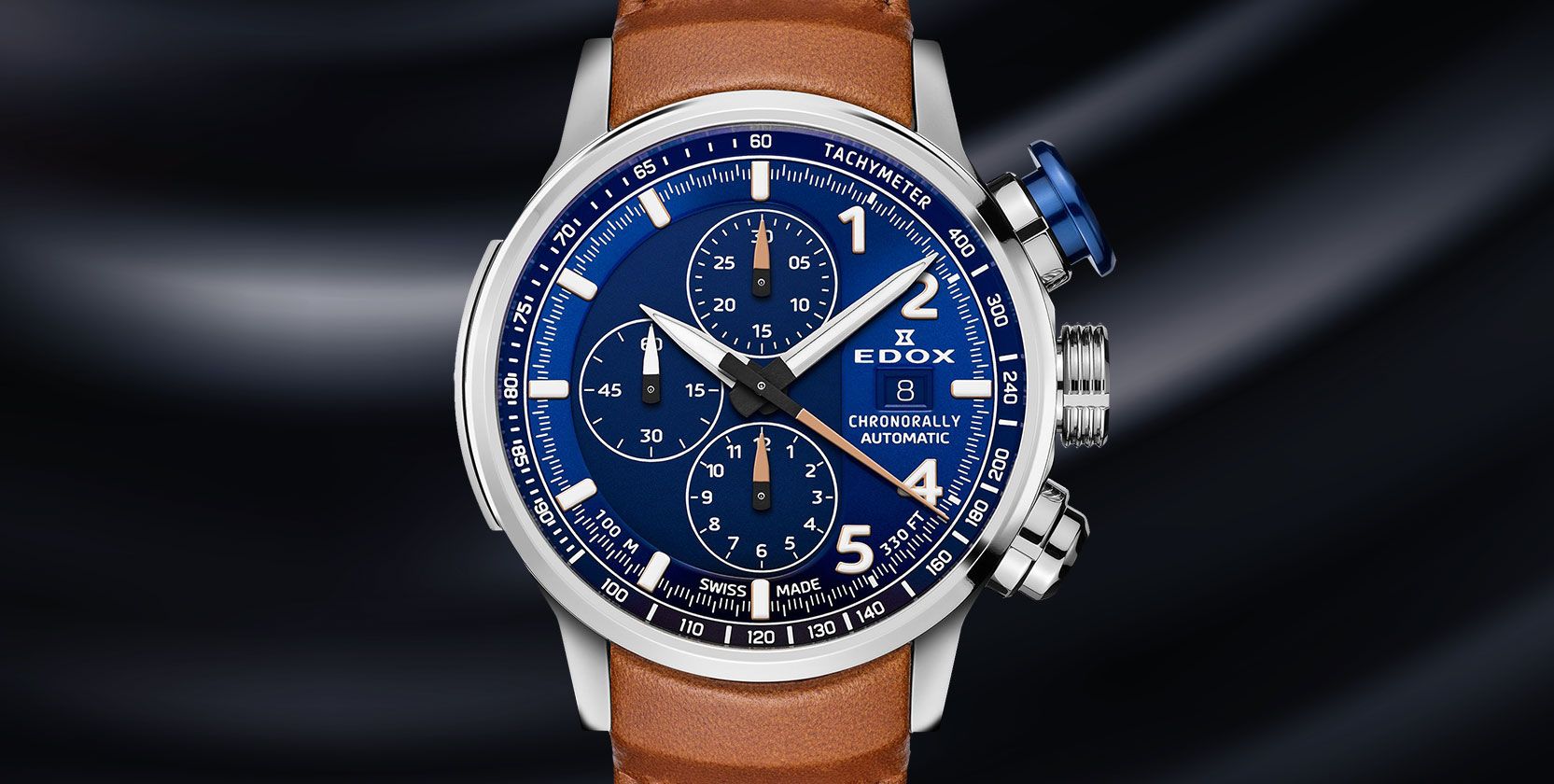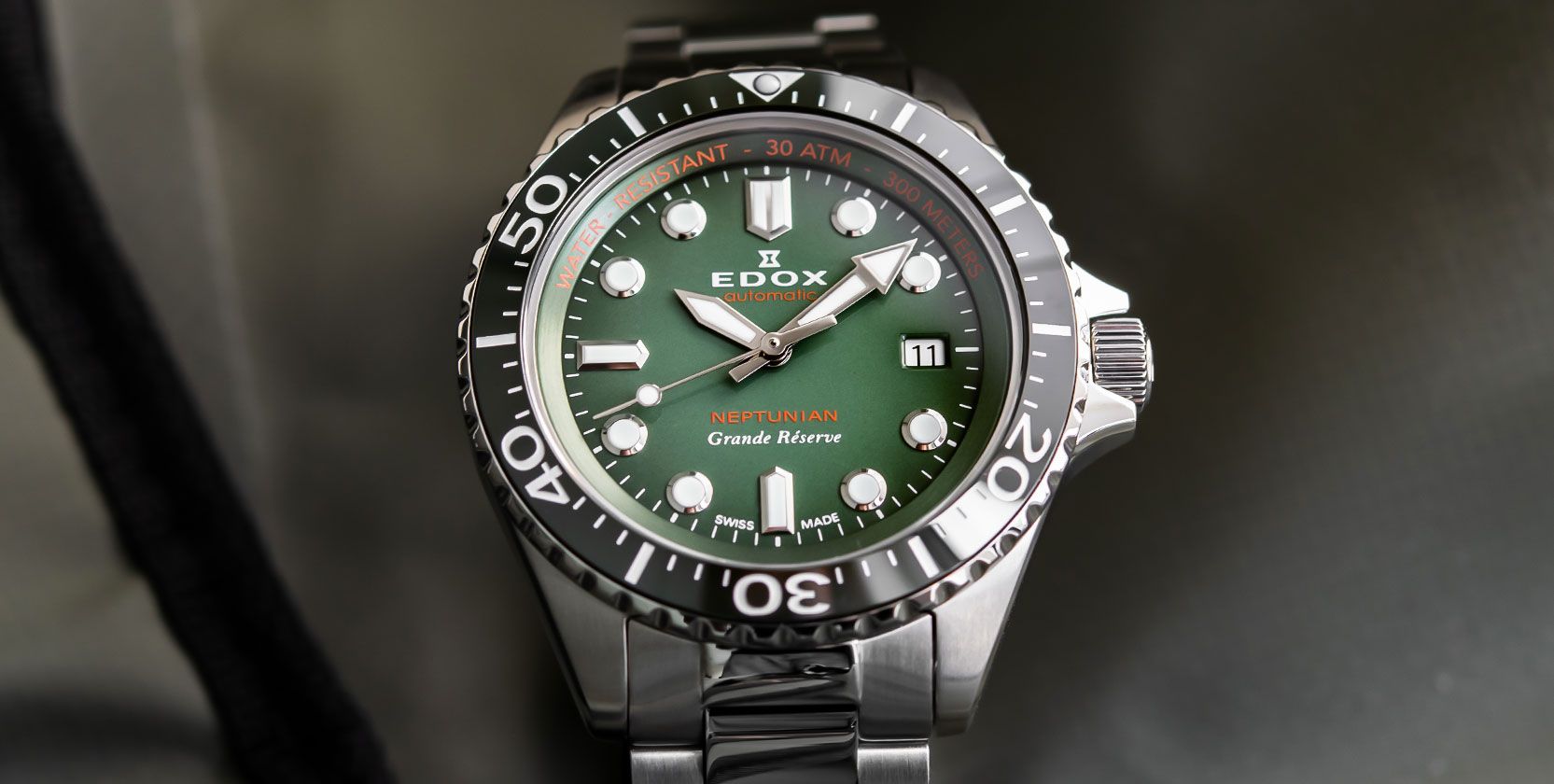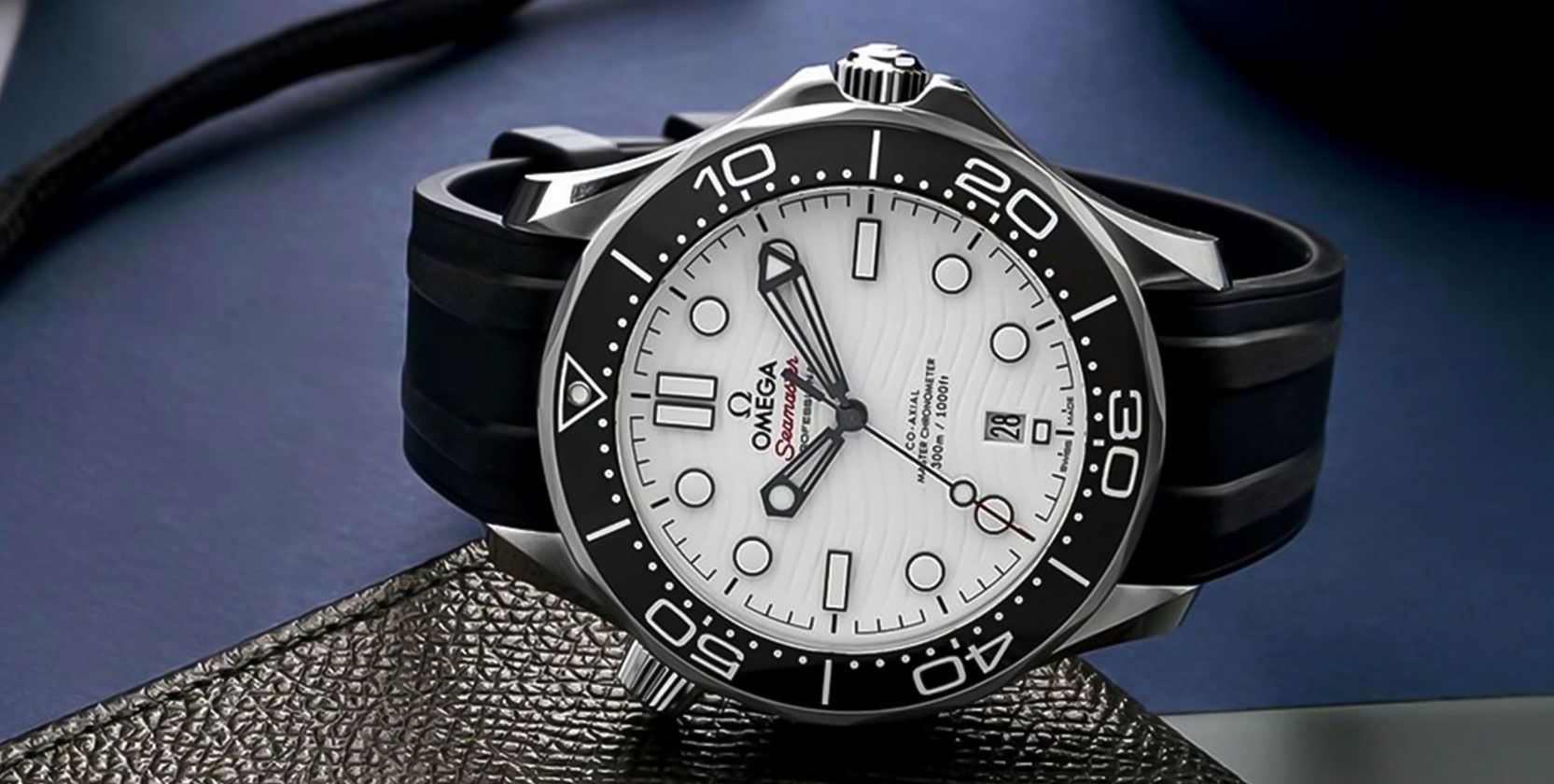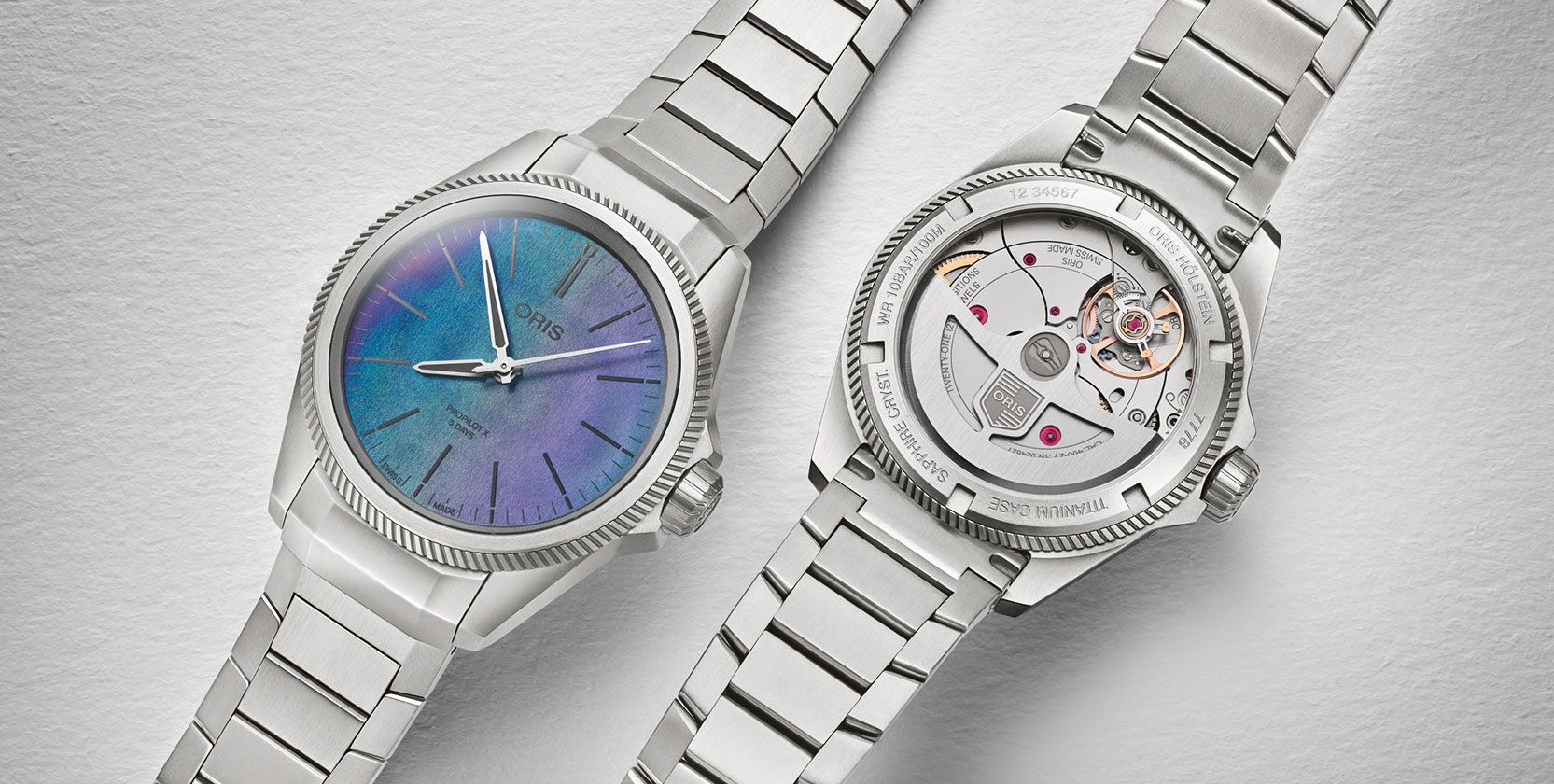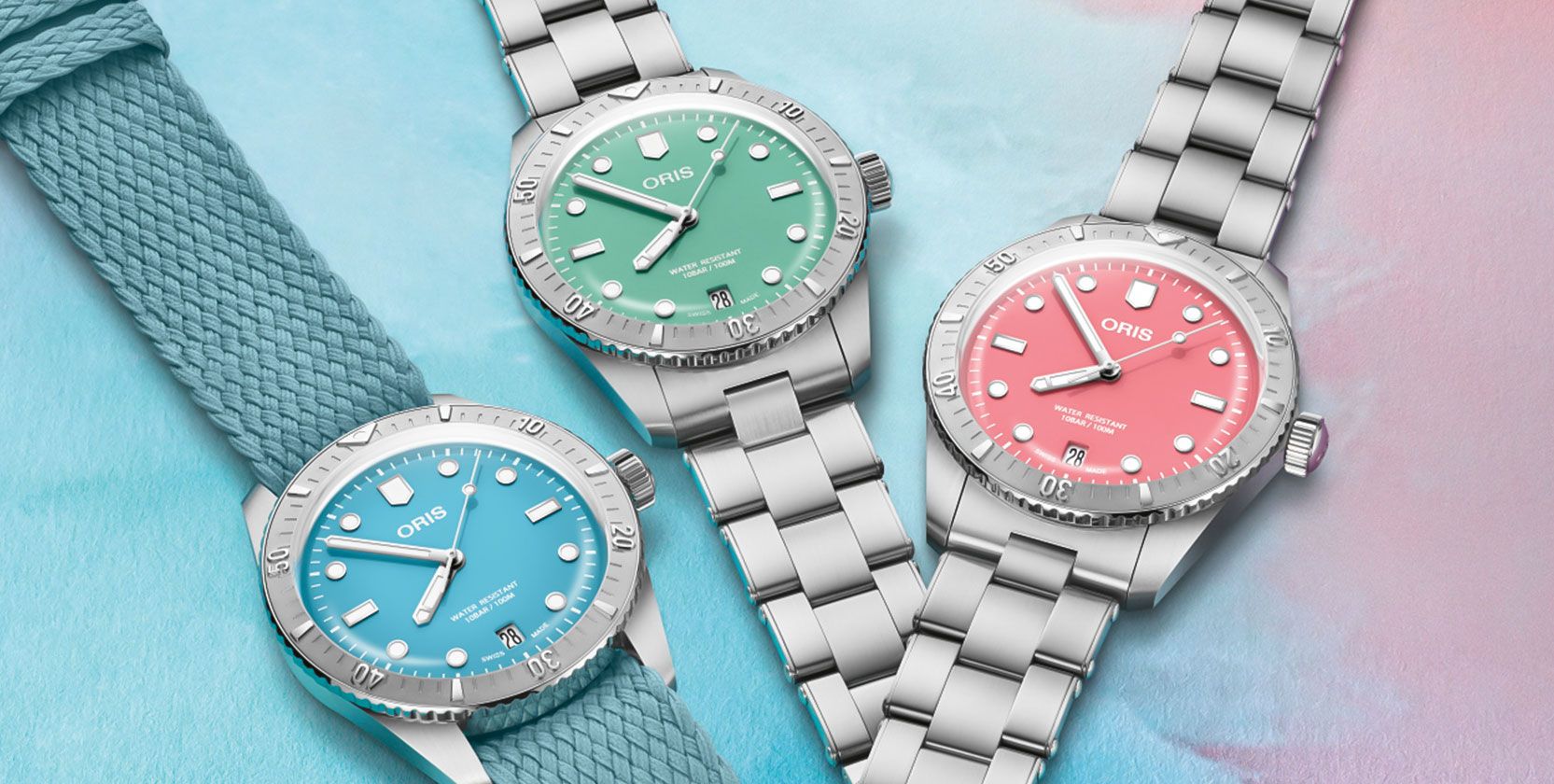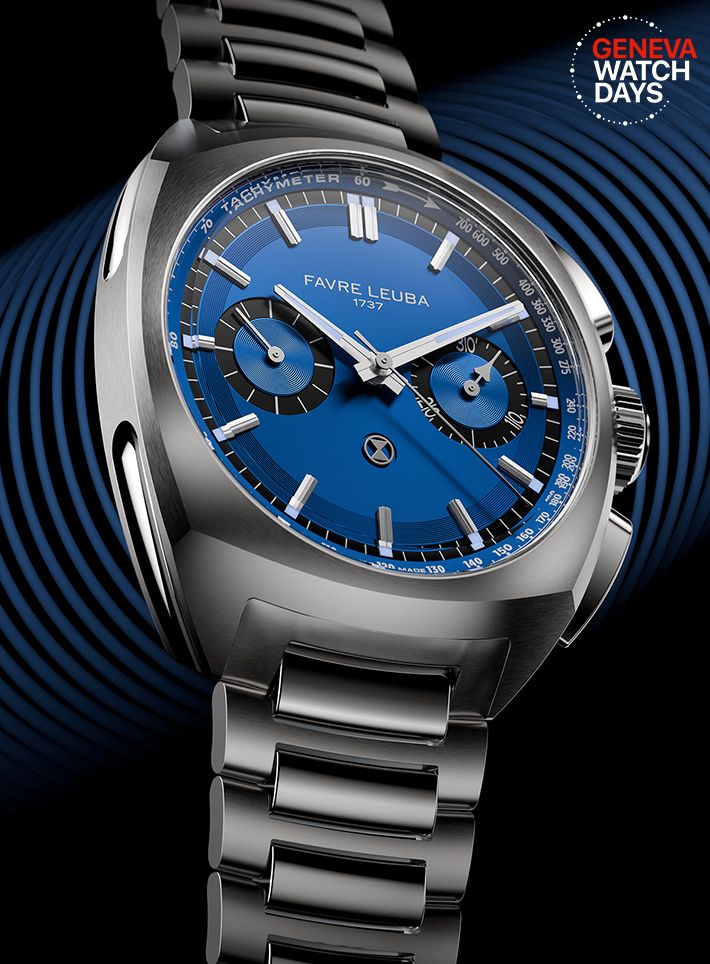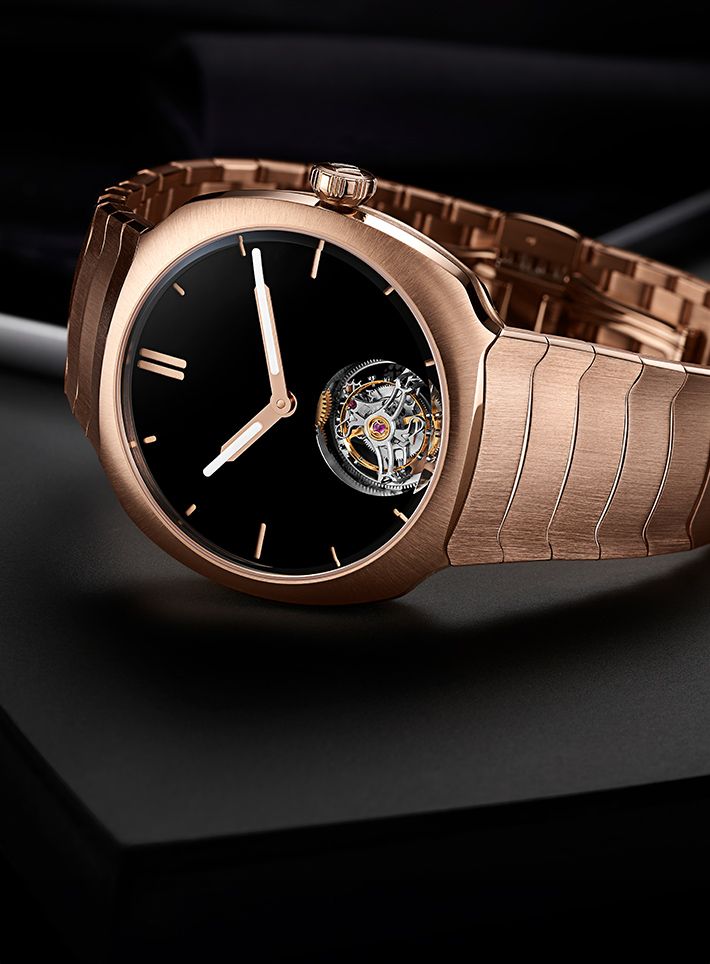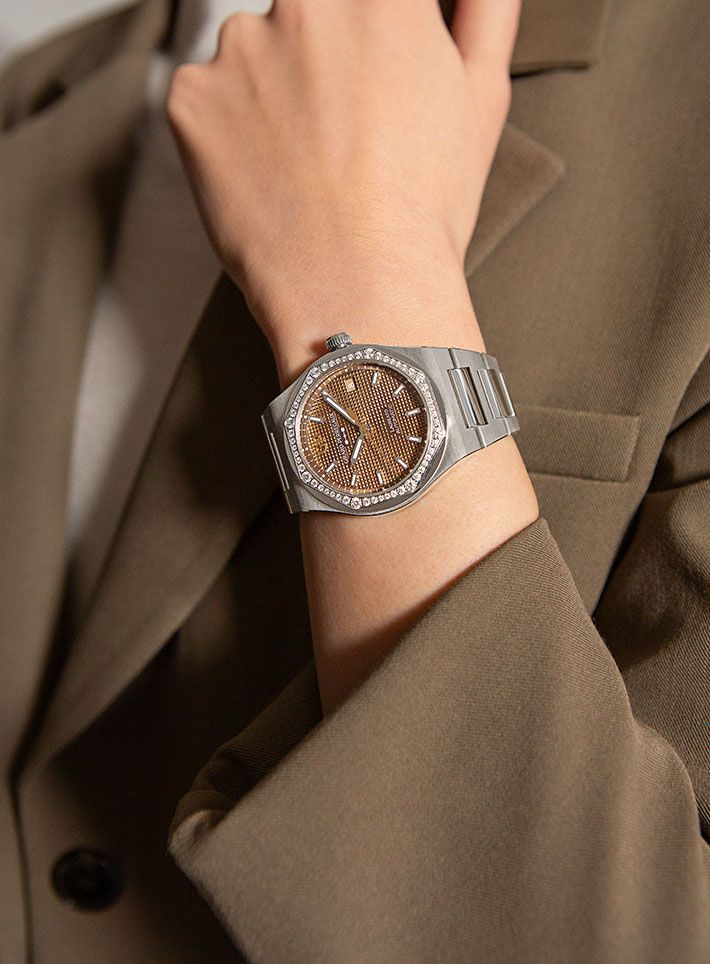FeatureWatchmaking Brands That Have Names With Greek Roots
Greek names are easy to pronounce and spell, they communicate your brand history, conjure a visual, create emotional connect and have instant recall. Listed below are few watchmaking brands named after Greek entities that best reflect their brand ethos
May We Recommend
What do watchmakers Omega, Bulgari, Oris and Doxa have in common? Their names come from Greek. Naming a brand, for that matter, a child, a building, a street, a pet, etc., is a mind-boggling exercise. Greek words offer enough potential to stand out from the competition, given the vast reservoir of ancient Greek history, mythology, heroes, landmarks and culture to dip into. Brands with Greek names are easy to pronounce and spell. They communicate the brand’s history, conjure a visual, create an emotional connect and have instant recall. Listed below are few watchmaking brands named after a Greek entity that best reflect their brand ethos.
Bulgari: The Greek Name In Italy
Sotirios Voulgaris (1857-1932) opened the Bulgari flagship store in 1884 selling jewellery on the tony Via Condotti street in Rome. Voulgaris had inherited the art of jewellery making from his grandfather Constantine, and later worked for four years in Italy as a jewellery artisan prior to his independent venture. Voulgaris tweaked his mouthful-sounding surname by using the Greek letter B (Bulgaris is also a Greek surname) and the Italian V as the classical Latin alphabet U. ‘Bvlgari’ featured in the branding logo and the store plaque with gilded brass letters used in ancient Rome. The name holds an ounce of cheekiness as Voulgaris in Latin means ‘common’; something that Bulgari as a brand is certainly not.

By the 1930s, the jewellery brand earned good repute in Rome and Paris, and new stores mushroomed across Italy. Bulgari launched its first watch, the legendary Serpenti with a coiled bracelet mimicking a snake, in the 1940s. The epitome of success was when the Bulgari family sold its controlling stake to the French luxury goods conglomerate LVMH in 2011 for $5.2 billion. The serif font is evident in the brand’s Bvlgari Bvlgari line, with the letters spelt across the bezel.
Doxa: Gloriously Greek
One of the youngest watchmakers to start their own watchmaking company was Georges Ducommun, who opened Doxa in 1889 at the ripe age of 21. Doxa in Greek means ‘glory’; reflecting the young lad’s intentions for his company. Within a few years, Ducommun’s skill gained repute outside Switzerland. For instance, his handcrafted pocket watch was honoured at the Exposition Universelle et Internationale, Liège, Belgium, in 1905, and a year later, his anti-magnetic Doxa won the gold medal at the World’s Fair in Milan, Italy.
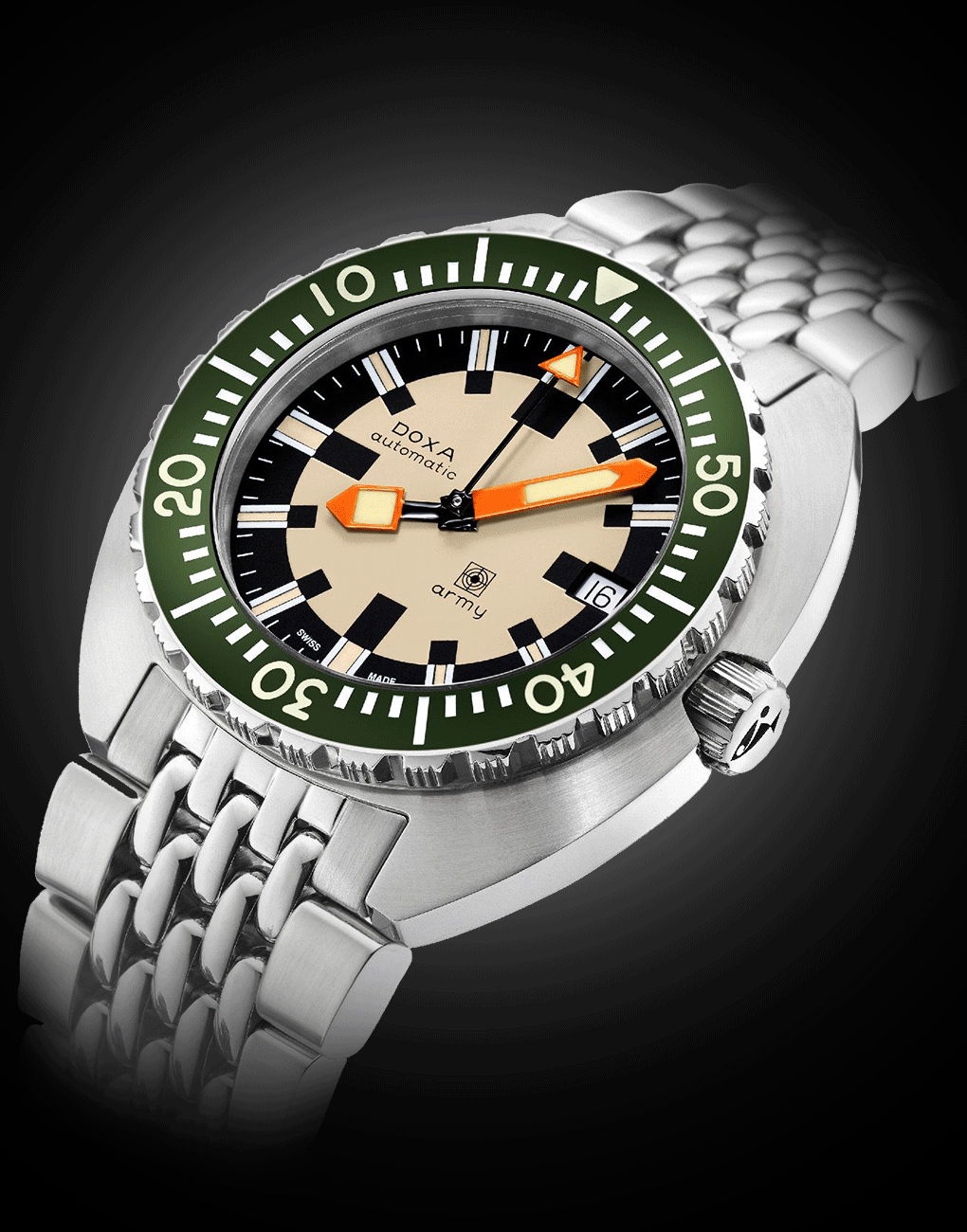
Ducommun had the in-house ‘8-Day Doxa Calibre’ patented in 1908, which came to be used in Bugatti racing cars, followed by other reputed companies’ ships and airplanes, and they continue maintaining razor sharp focus on manufacturing travel and sport timepieces.
Edox: In Good Greek Measure
It was a lady that led to the birth of Swiss watchmakers Edox. Founder Christian Ruefli-Flury painstakingly devised a pocket watch as a birthday gift for his beloved wife Pauline. Seeing her husband’s exceptional talent, she prodded him to start his own watch enterprise. Finally, he opened his own shop in 1884 at Biel, a place renowned for its watch engineers. Ruefli-Flury called his company Edox, which means ‘measuring of time’ in ancient Greek; perhaps signifying the amount of time, effort, and attention to detail that goes into creating a timepiece from scratch.
Edox has developed high-tech mechanical timepieces catered to sporting races, where the measurement of time takes precedence. For instance, their iconic Delfin watch unveiled in 1961 hit the mark for shock and water resistance, armed by its double case back, special protective gaskets, and double ‘O’ ring system. Their dive watch line, Neptunian, has earned the brand the nickname ‘water champion’, while their CO-1 collection was designed for offshore powerboat racing.
Nomos: Economically Greek
‘Nomos’ in Greek means ‘financial management’, coined by philosopher Aristotle to introduce his theory of household management (of finance). This theory evolved to later become the term ‘economics’ that was expanded to incorporate management of economic resources at a national level. In sociology, the term ‘nomos’ signifies socio-political habits or behaviour rooted in history. The name ‘Nomos’ for the watch brand NOMOS Glashütte arrived under tricky circumstances. A company called Nomos-Uhr-Gesellschaft, Guido Müller & Co. started importing and distributing Swiss watches in 1906 by adding ‘Glashütte/Sachsen’ to its business dealings. This action violated the horological law, which states that the commercial usage of ‘Glashütte’ is allowed only when 50 percent or more of the calibre is manufactured in the Glashütte town in Saxony, Germany. Rising to the occasion, famed German watchmakers A. Lange & Söhne took up the cudgels of dragging Nomos-Uhr-Gesellschaft to court. This had a disastrous impact on the brand’s reputation, and they ultimately folded shop in 1910.
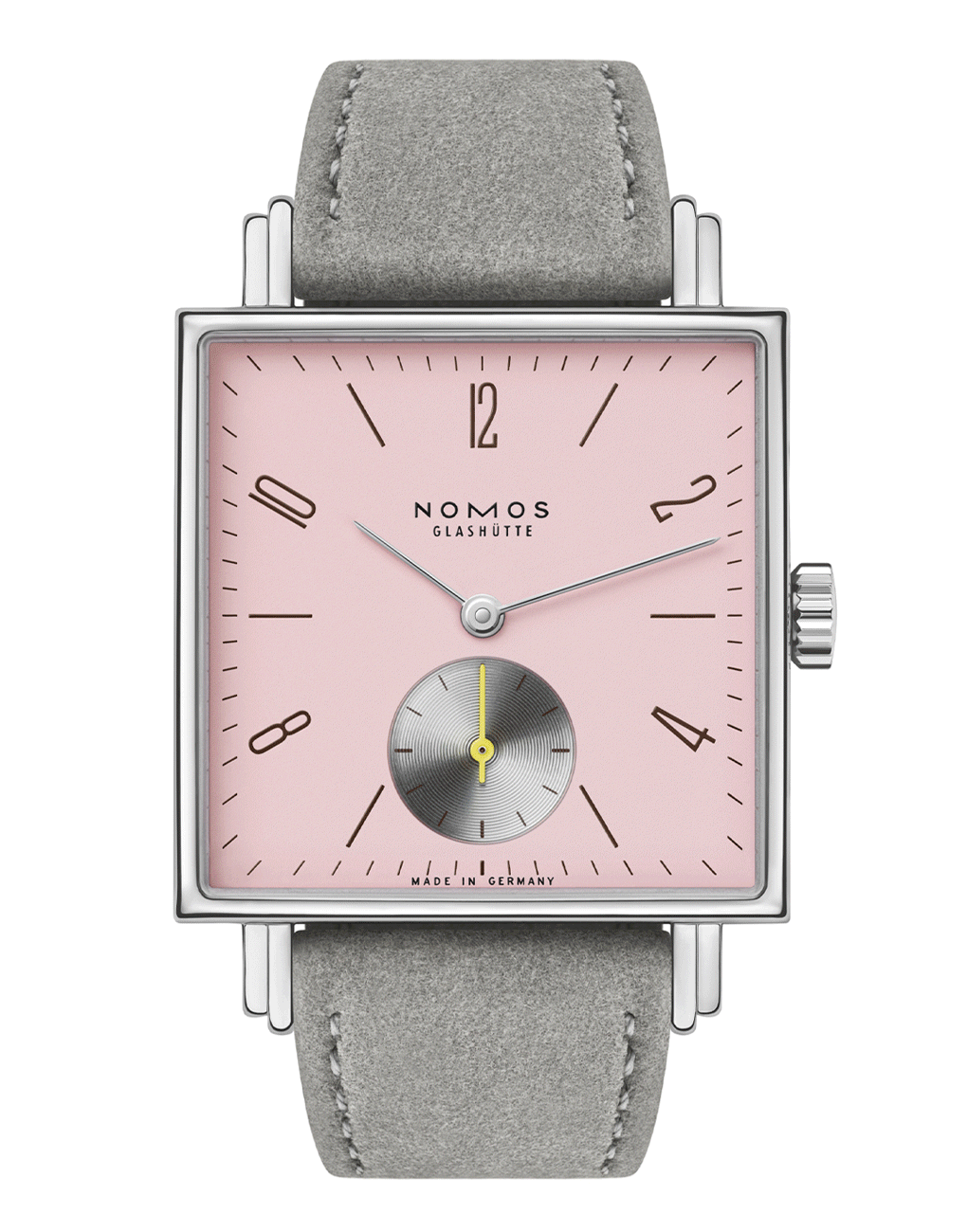
NOMOS Glashütte was started in 1990 by an IT expert and photographer Roland Schwertner in Glashütte itself. Up to 95 percent of a Nomos calibre is manufactured Glashütte. There is no connection between new and defunct brand except for the name, Nomos. This watchmaker is inspired by Swiss brands that create watches with gold indices on dials and blue steel hands. Nomos, however, takes a Bauhaus route complemented by slim automatic movements.
Omega: The Great Greek Alphabet
In contrast to ‘Alpha’ that is the first letter in the Greek alphabet, ‘Omega’ is the final letter; the 24th to be precise. It is denoted as the end, the finale or the ultimate. Its literal meaning is ‘the great O’ (o mega, mega means ‘great’); opposite of omicron, ‘little O’ (o mikron, micron means ‘little’). Further, the Greek numeric system/isopsephy (gematria) values it at 800. An enterprising watchmaker Louis Brandt opened a small watch workshop called La Generale Watch Co. in 1848 at the Swiss village La Chaux-de-Fonds. In 1894, he invented a watch calibre, the first of its kind with interchangeable parts and the ability to wind/set the time via the stem. The synchronicity of the movement’s features prompted Brandt to call his invention, Omega, meaning ‘perfection’. Riding on the popularity of the Omega calibre, Brandt changed the company name in 1903 to Louis Brandt et Frère-Omega Watch & Co.
Popular Omega collections include the Constellation, Seamaster, Speedmaster, and De Ville. The Omega Speedmaster was worn by NASA astronauts for the iconic Apollo 11 mission to the moon and the Seamaster has been the official James Bond watch since 1995. Plus, the brand became the official timekeeper for the Olympics 21 times! The Swiss watchmaker changed its name to Omega SA in 1984, and became a subsidiary of the Swatch Group in 1998.
Oris: With Various Greek Origins
Two ambitious businessmen Paul Cattin and Georges Christian bought a shut-down watch factory called Lohner & Co in Hölstein, Switzerland, and reopened it on June 1, 1904, under the name Oris. They got this new name from an eponymous river situated at a village located close to the factory, to stay true to its original roots. While Oris means ‘mouth’ in Latin and ‘capable’ in Italian from the root word ‘Aurisa’, its Greek connotations are stronger. In Greek, it means ‘mountain’ (when derived from the word ‘oros’), and ‘Son of Fire’, but most importantly, linked to the asterism (smaller formation than a constellation) Orion’s Belt, named after a hunter in Greek mythology but also referred to as ‘three sisters’ or ‘three kings’.
The Swiss watchmaker Oris gained repute for their retro Artelier, aviation-inspired Big Crown, and adventurous Divers Sixty-Five collections. A pioneering move was their innovation Oris Calibre 581 in 1991 fitted with a progressive moonphase complication. The brand has stayed true to its namesake, undertaking marine restoration projects helmed by corresponding watch launches.



